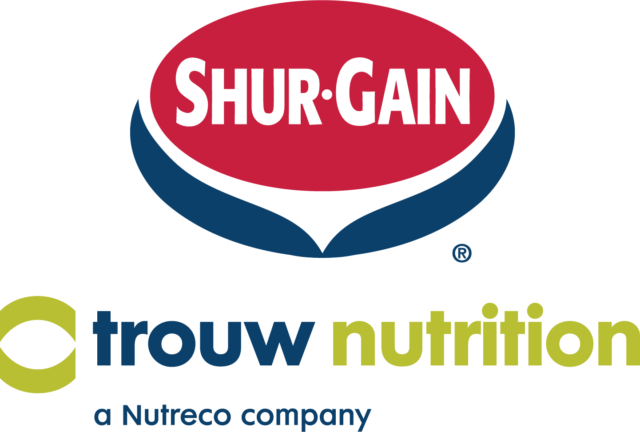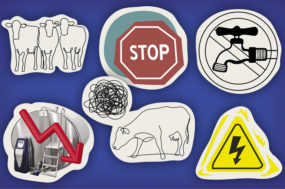Johne’s disease occurs when cows are infected with Mycobacterium avium spp. Paratuberculosis (MAP). An estimated 42% of herds in Canada have at least one infected cow. Studies show that in herds with at least one positive cow, roughly 10% of cows are infected.
How does a MAP infection occur and what does an infection do?
Calves are the most susceptible to infection and usually become infected by swallowing manure from older infected animals in the calving environment. Calves can also become infected in the uterus or by swallowing MAP that is passed through milk or colostrum.
Although calves are infected with MAP in early life, it can take years before clinical signs appear. During this time, cows will progress through the following stages:
- Stage 1: Infected and may shed low levels of MAP into the environment. Typically, calves, heifers and animals under 2 years old.
- Stage 2: Subclinical stage. Animals appear healthy but shed a low to moderate amount of MAP.
- Stage 3: Begin to show clinical signs, such as intermittent diarrhea and weight loss. Shedding low, moderate and high levels of MAP.
- Stage 4: Terminal stage. Often occurs in older animals (5 to 9 years old). Clinical signs include severe emaciation, diarrhea and swelling of the jaw. There is a high level of shedding of MAP.
What are the impacts of Johne’s disease?
Many studies have shown that Johne’s disease has significant impacts on cattle, even when signs of the disease aren’t present. These effects include:
- Reduced milk production
- Premature culling
- Higher number of mastitis cases in positive herds
- Decreased slaughter value due to poor body condition
What is the economic cost?
Drs. Herman Barkema, Phil Rasmussen and David Hall conducted a study to investigate the economic cost of Johne’s disease for Canadian producers. They estimated annual losses of $47 per cow in an infected herd, which is approximately a 1% loss of milk revenue. Losses were due to a reduction in the milk production of infected cattle (68%), premature culling (22%) and reduced slaughter value (10%). These numbers varied by province (Figure 1). Cumulatively, this would cost Canadian dairy farms $23 million every single year.

How do you reduce economic losses with Johne’s?
This study identified that the greatest impact on the per-cow cost of Johne’s was altering the number of infected cows in the herd (e.g., decreasing the proportion of infected cows from 15% to 5% reduced the cost per cow by $34).
In order to reduce the number of infected cows, it is important to minimize the risk of young calves coming into contact with MAP. Infection in youngstock can be reduced by having separate maternity pens for Johne’s positive and negative cows, not feeding colostrum from positive cows, feeding milk replacer and minimizing contact with adult feces. For adult cattle, using a test and culling method can help to reduce the prevalence and spread of Johne’s. It is important to work with your veterinarian to develop a strategy that is specific to your herd to reduce the impact of Johne's disease.
The study was conducted as part of the NSERC Industrial Research in Infectious Diseases of Dairy Cattle funded by NSERC, Alberta Milk, BC Dairy Association, Dairy Farmers of Canada, Dairy Farmers of Manitoba, Lactanet, SaskMilk, Merck Animal Health and Westgen Endowment Fund.
This article was written by Agricultural Communications and Epidemiological Research (ACER) Consulting, Guelph, Ontario; and Herman W. Barkema, Department of Production Animal Health, University of Calgary.
Dairy Farmers of Canada (DFC) invests in scientific research to foster innovation in the Canadian dairy sector. DFC supports research initiatives that benefit all Canadian dairy farmers and works in collaboration with its members and other sector partners to address priorities outlined in the National Dairy Research Strategy. The goals of this strategy are to increase farm efficiency and sustainability, enhance animal health, care and welfare practices, and strengthen the role of dairy in human nutrition and health, as well as in sustainable diets. Visit DFC Dairy Research for more information.








